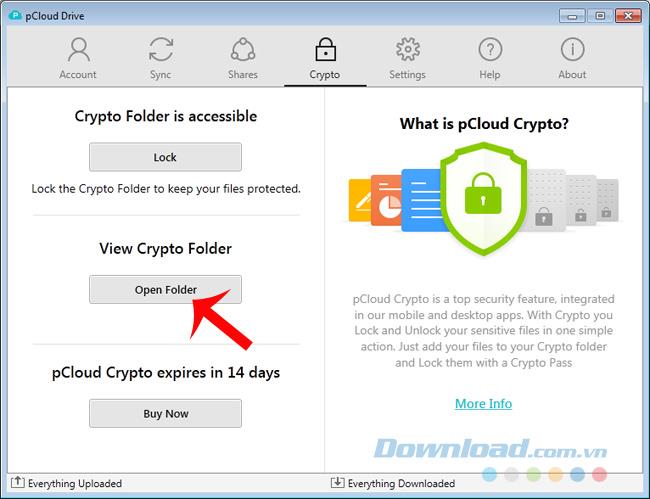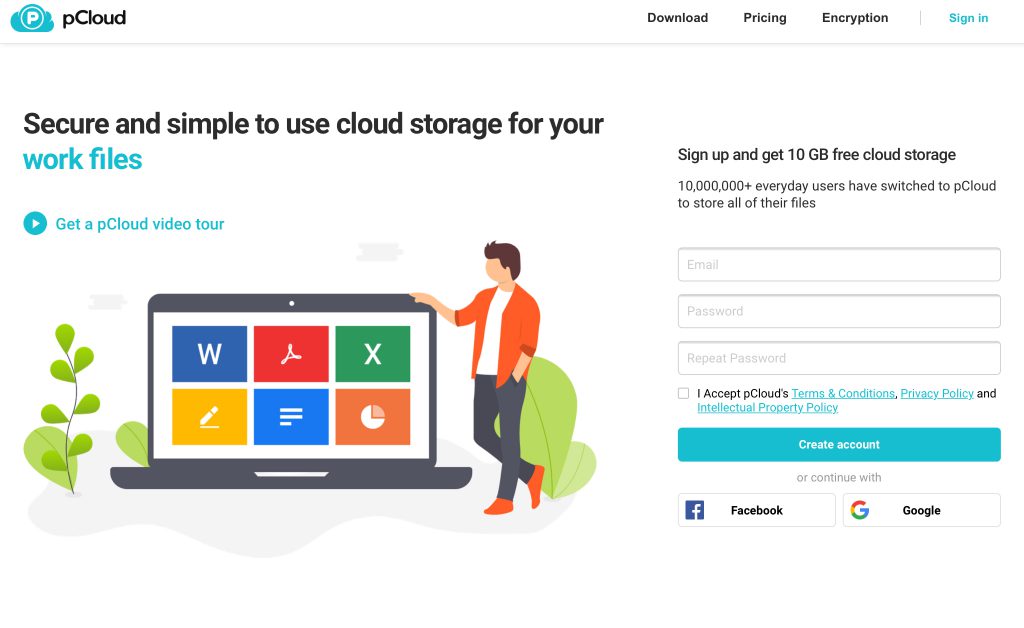

- Change pcloud drive drive letter how to#
- Change pcloud drive drive letter full#
- Change pcloud drive drive letter free#
- Change pcloud drive drive letter windows#
If this registry parameter is created, Windows doesn’t assign drive letters to newly connected devices. Make sure the NoAutoMount DWORD parameter (with a value of 1) is not created under the reg key HKLM\SYSTEM\CurrentControlSet\Services\mountmgr. You can also enable automatic mounting of new partitions using the command: Let’s enable it:ĭISKPART> automount enable Automatic mounting of new volumes enabled. Within diskpart, make sure that the automatic mounting of new volumes is enabled:ĭISKPART> automount Automatic mounting of new volumes disabled.Īs you can see, the auto-mounting is disabled. Open the command prompt as administrator and run the following commands: If the automount is disabled, Windows detects new drives but doesn’t automatically mount them or assign drive letters to the new volumes. When the automount is enabled, Windows automatically mounts the file systems of new drives connected to the computer and assigns drive letters to the partitions. If the service is stopped, start it from the graphical snap-in (Start button) or using the command: Or check the service state using PowerShell: You can check the status of this service in the services management console ( services.msc).Īlso, you can check the service from the command prompt:
Change pcloud drive drive letter how to#
How to solve this problem?įirst of all, make sure that the Virtual Disk service is running. It seems that some feature of automatic detection and mounting of new partitions on the external storage devices is not working in Windows. I have to assign the letter again manually through Disk Management, and that becomes annoying. Sometimes after disconnecting a USB device or restarting the computer, a drive letter is not automatically assigned to it. Windows Doesn’t Save an Assigned Drive Letter for Connected USB Drives Get-Partition -DiskNumber 1 -PartitionNumber 2 | Set-Partition -NewDriveLetter QĪfter that, the connected USB disk appears in the File Explorer with the assigned drive letter. In the window that appears, click the “ Add” button, select “ Assign the following drive letter”, select the letter you want to assign to the drive (for example, H: ) in the drop-down list, and click OK.Īssign the letter Q: to partition 2 on disk 1: To assign a drive letter to it, right-click on the partition and select “ Change Drive Letter and Path“. As you can see, the disk is online, it has one healthy partition with the NTFS, but it is not assigned a drive letter. In the list of drives, locate the connected removable USB drive. To do this, open the Computer Management console (via the Win + X menu) and go to the Storage section -> Disk management. If the drive doesn’t appear in Windows Explorer, it will have to manually assign a drive letter through the Disk Management snap-in ( diskmgmt.msc). How to Manually Assign a Permanent Drive Letter in Windows? Windows Doesn’t Save an Assigned Drive Letter for Connected USB Drives.Changing Drive Letter via CMD or PowerShell.How to Manually Assign a Permanent Drive Letter in Windows?.

Change the permissions back to the previous setting for Administrators (this should probably be Read Only).Quit Regedit, and then start Regedt32 (not required in Windows XP).Click the value for \DosDevices\Z:, click Rename, and then name it back to “\DosDevices\D:”.Rename it to the appropriate (new) drive letter “\DosDevices\C:”.Right-click \DosDevices\D:, and then click Rename.Find the drive letter you want changed.
Change pcloud drive drive letter free#
(This will free up drive letter C: to be used later.)
Change pcloud drive drive letter full#



 0 kommentar(er)
0 kommentar(er)
